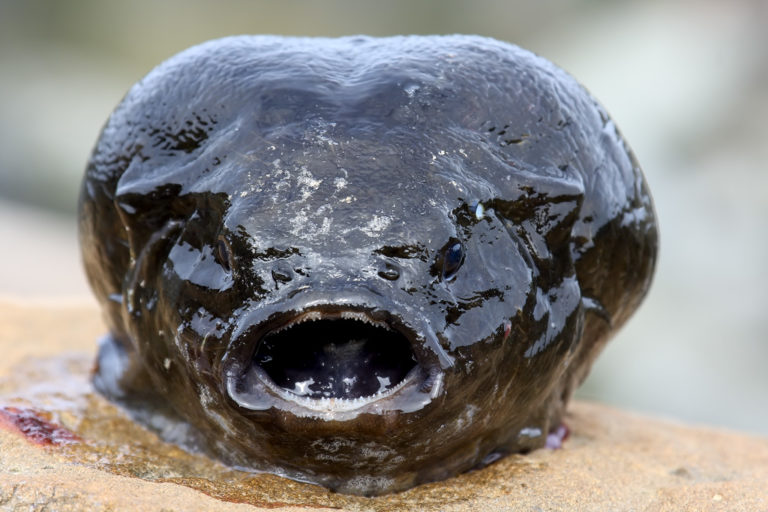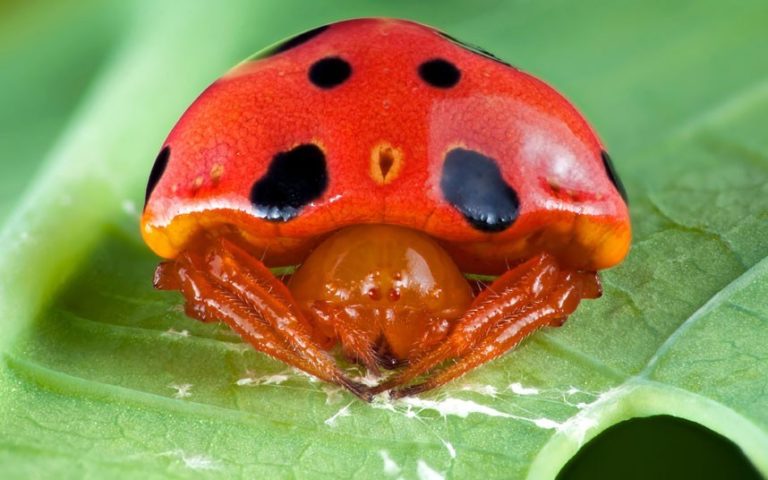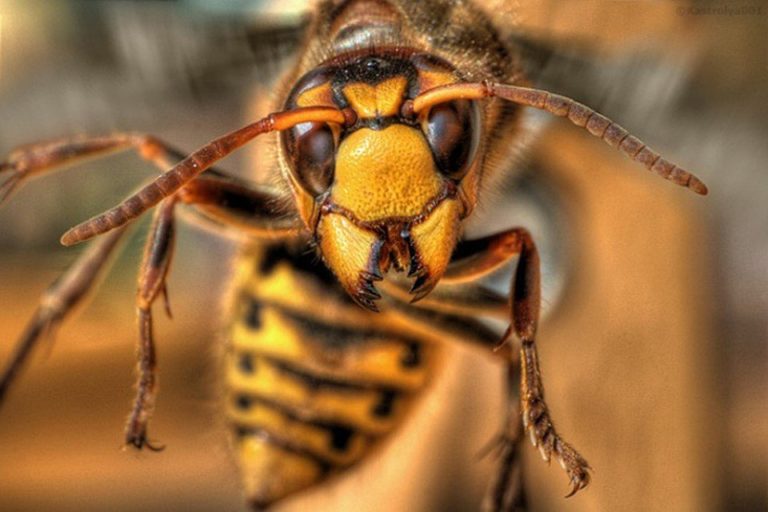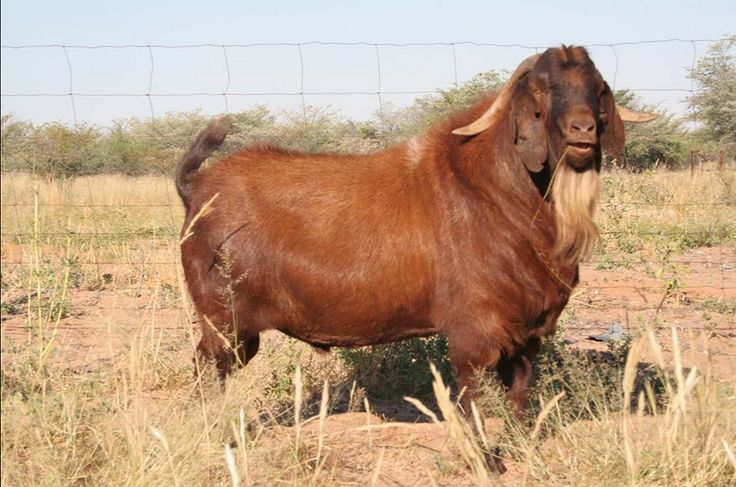7 Animals That Can Survive Without Their Heads
Nature never fails to surprise us. While many creatures rely on their heads for survival, some have evolved with the shocking ability to keep functioning even after decapitation. Yes, there are animals that continue to move, breathe, and in some cases, even reproduce—without a head.
Here’s a fascinating list of seven animals that can live for a surprising amount of time after losing their heads.
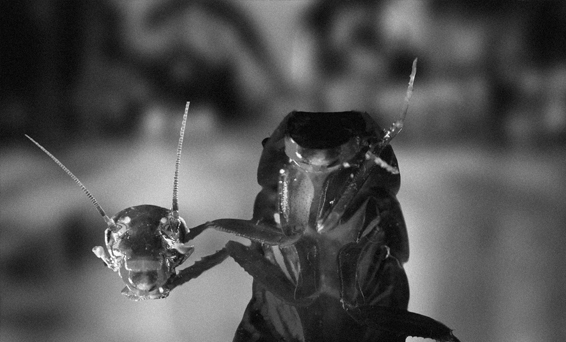
Cockroach
These resilient insects are practically built for survival. A cockroach can live without its head for several days—and in some cases, even weeks. This is partly because their circulatory system doesn’t rely on a high-pressure blood flow, and they breathe through tiny holes in their body segments, not their heads. After decapitation, a cockroach can seal off the wound and continue living until it eventually dies of thirst or starvation.

Snake
Be careful around a dead snake—especially its head. Even after decapitation, a snake’s head can still deliver a venomous bite. Its reflexes can remain active for hours, and it may even strike instinctively if it senses movement or heat. The venom remains potent, and a bite from a detached head can still cause serious harm.
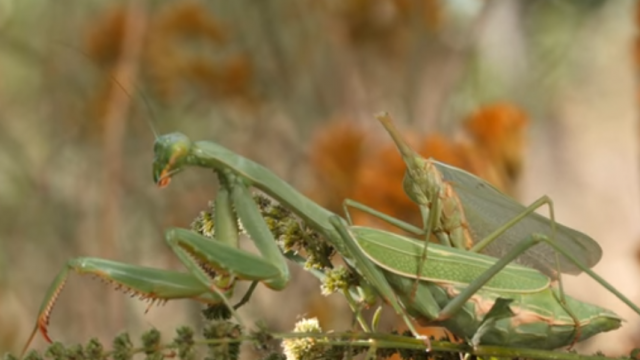
Praying Mantis
This insect is infamous for its brutal mating ritual: during or after mating, the female often bites off the male’s head. Strangely enough, the decapitated male continues to mate. In fact, removal of the head may actually stimulate mating behavior by removing inhibitory signals from the brain. It’s nature’s dark twist on romance.
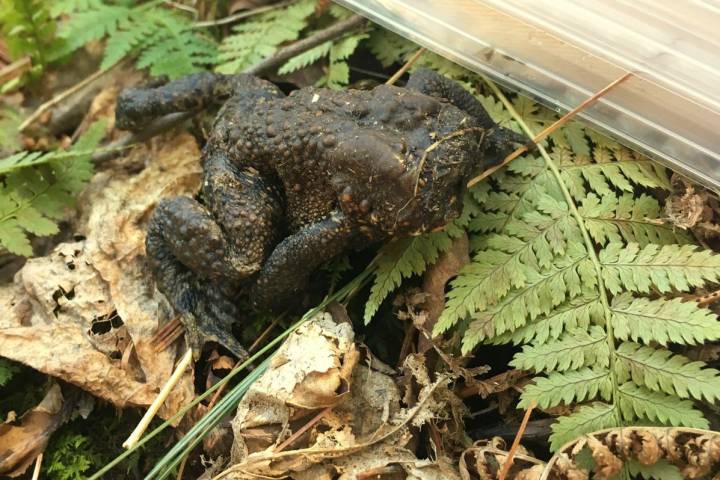
Frog
It might seem unbelievable, but frogs can continue to move for a short time even after losing their heads—and sometimes even their skin. Their nerves and spinal cord can keep sending signals to the muscles for a while, causing twitching or hopping movements. This eerie post-decapitation activity has puzzled scientists for years.
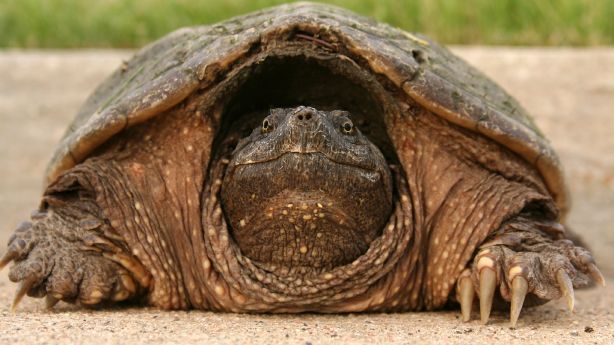
Alligator Snapping Turtle
These ancient reptiles are fighters to the end. Even when only the head is left, an alligator snapping turtle can still snap and bite with impressive force. Their strong jaws can remain active for hours after death, posing a real risk to anyone who handles them carelessly. These turtles truly live up to their fearsome reputation.
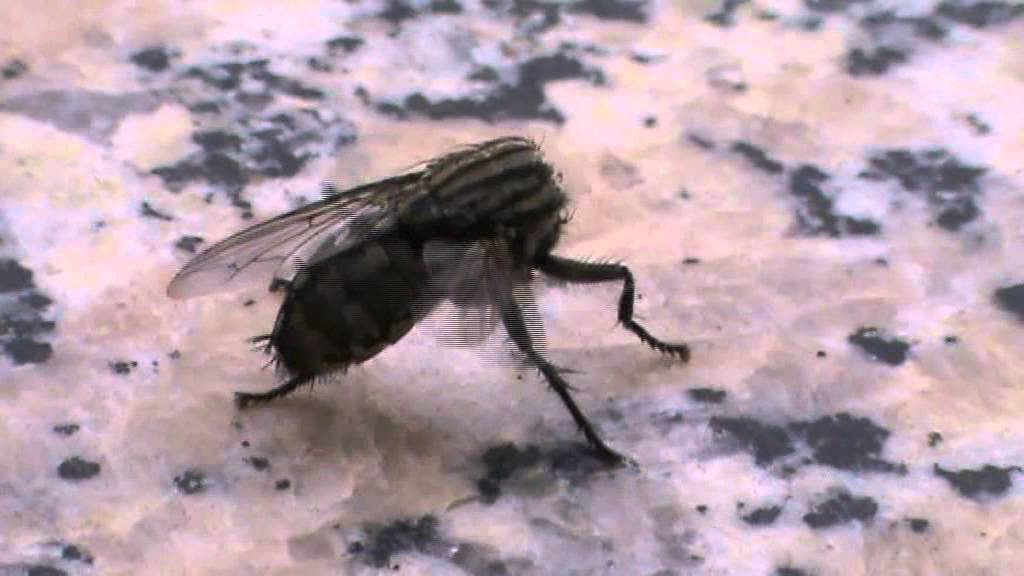
Fly
Decapitation doesn’t necessarily mean game over for a fly. That’s because a fly’s nervous system is surprisingly decentralized. Much of its motor control is located in the thorax rather than the brain. After losing its head, a fly can still walk—and even fly—for several days, breathing through its body and surviving until it eventually succumbs to starvation.
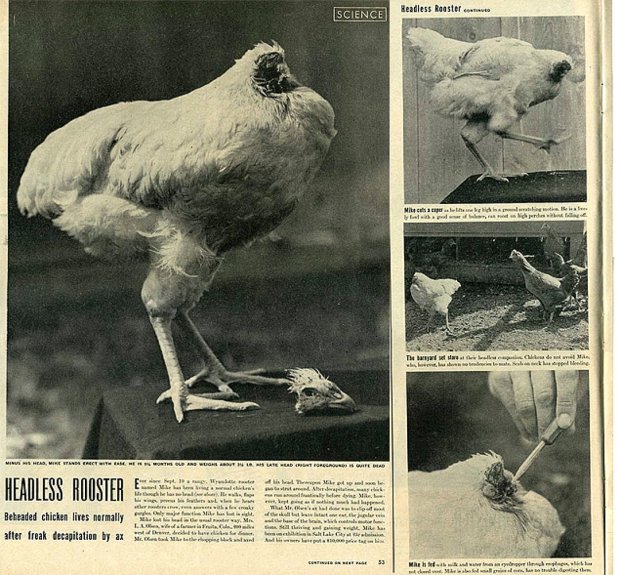
Chicken (Meet “Miracle Mike”)
This isn’t something that happens to every chicken—but one made history. In 1945, a Colorado farmer attempted to behead a chicken for dinner. He chopped off most of the head but missed the jugular vein and left part of the brainstem intact. The chicken, later named “Miracle Mike,” not only survived but lived for another 18 months. The farmer fed him with a dropper and eventually took Mike on tour, earning as much as $4,500 a month. Mike became a national sensation, even appearing in Time and Life magazines. He eventually died in 1947, choking on a piece of corn.
Final Thoughts
As strange and unsettling as these examples may seem, they reveal just how diverse and unpredictable life on Earth truly is. These headless survivors remind us that nature doesn’t always follow the rules we expect—and that evolution often takes bizarre, fascinating turns. Whether it’s a roach sealing its neck wound or a turtle head snapping hours after separation, these animals redefine what it means to be “alive.”


